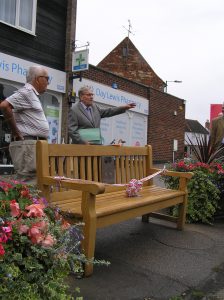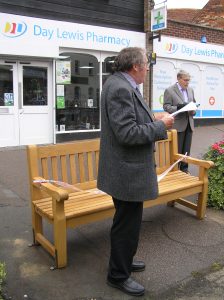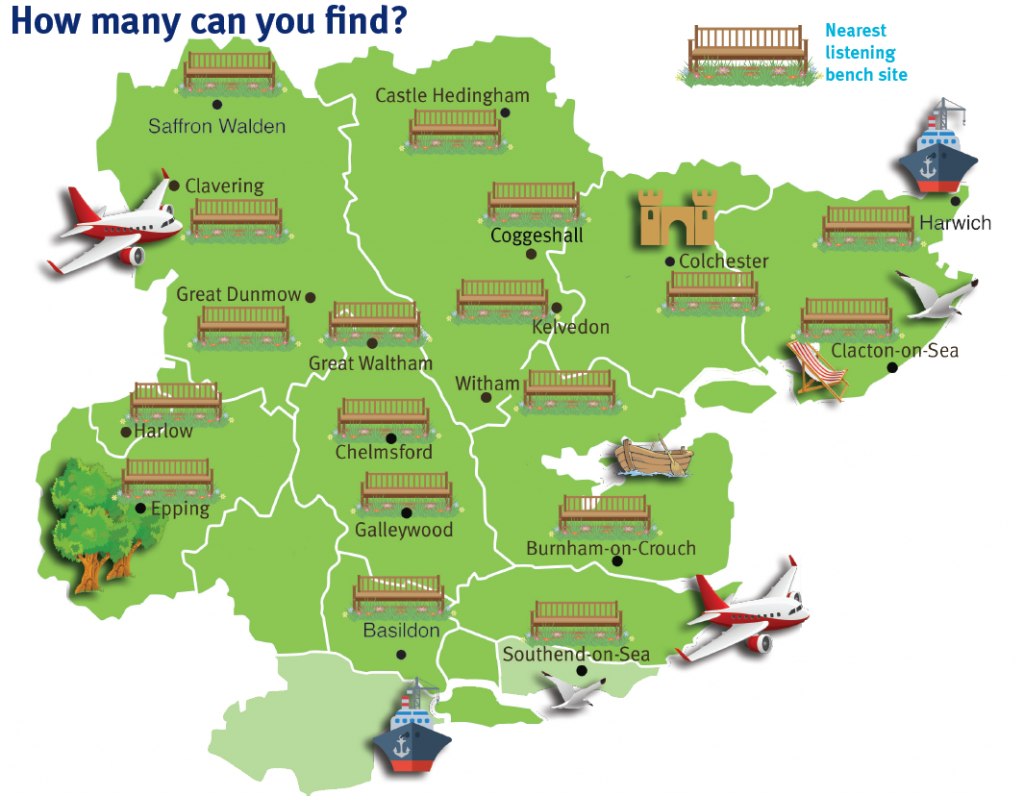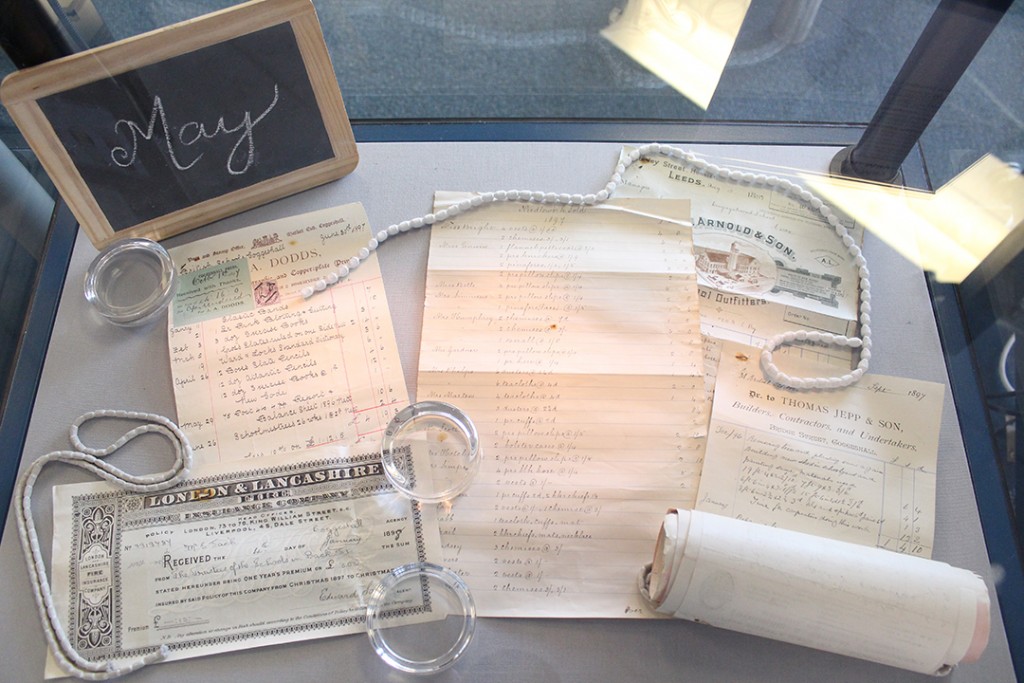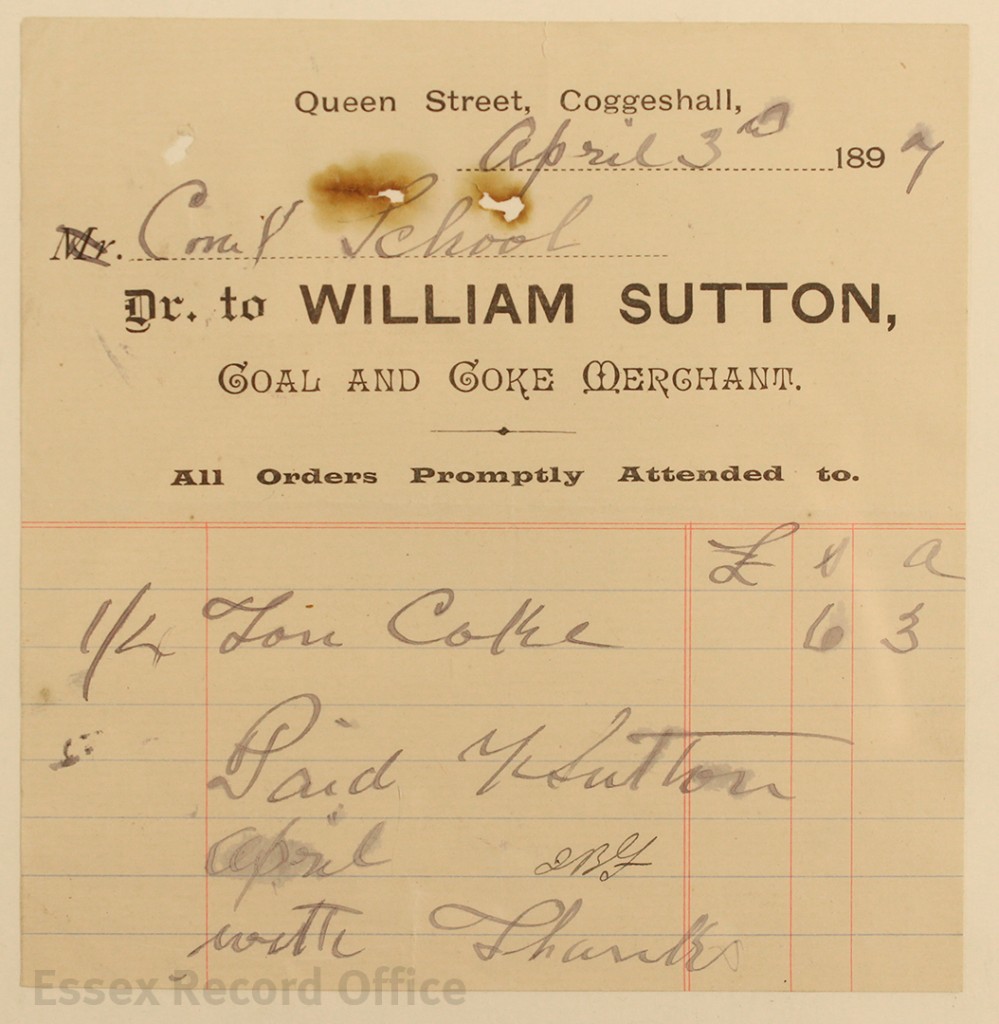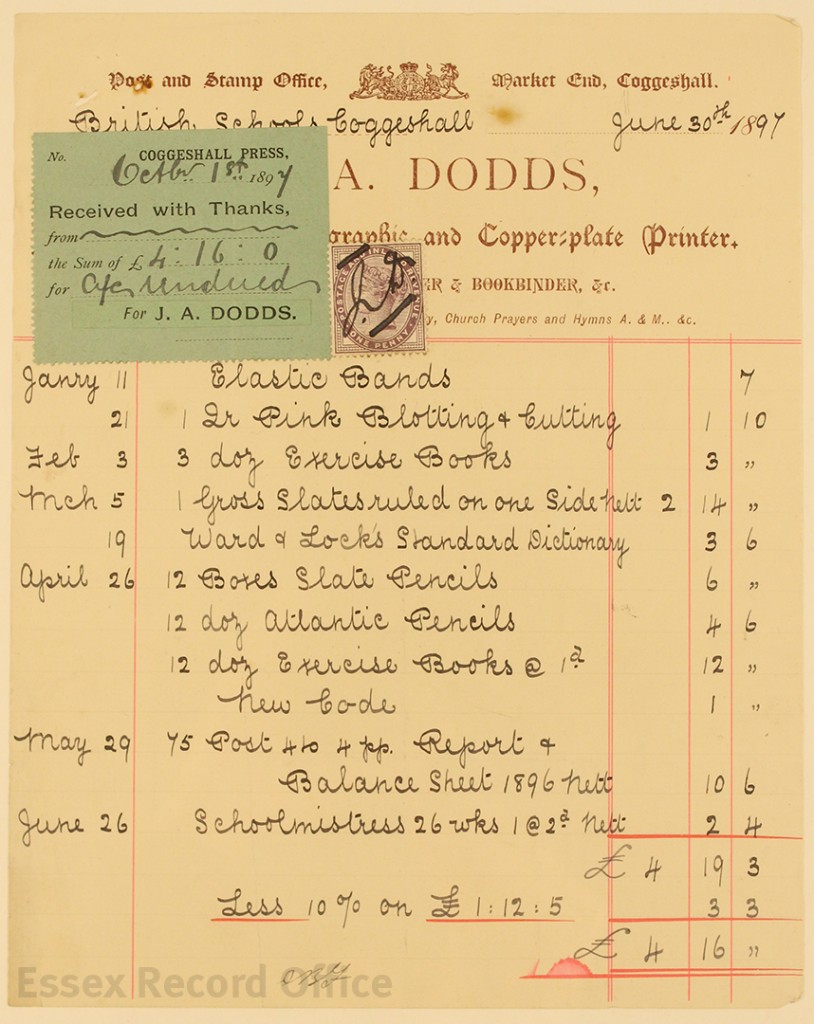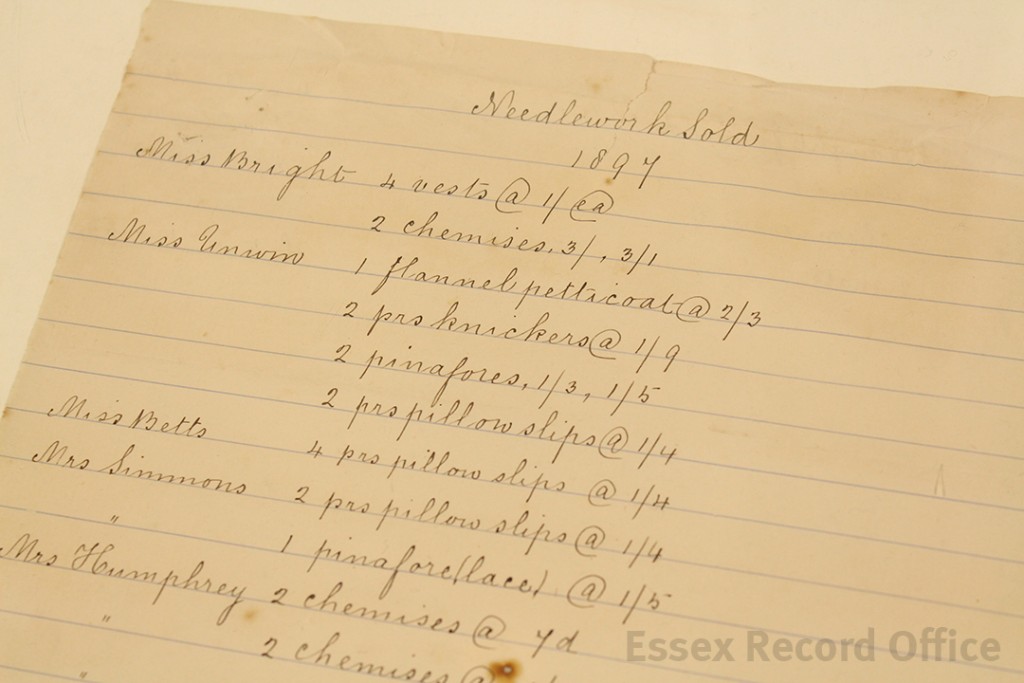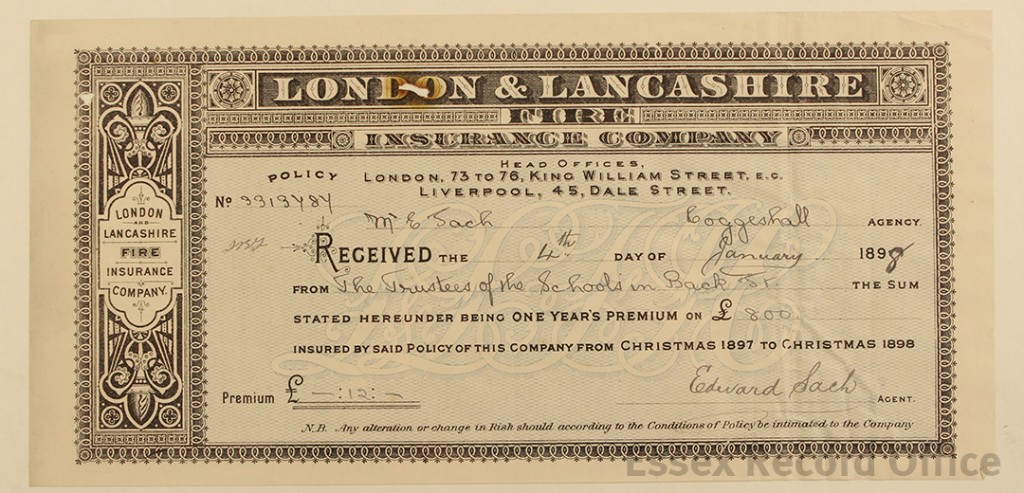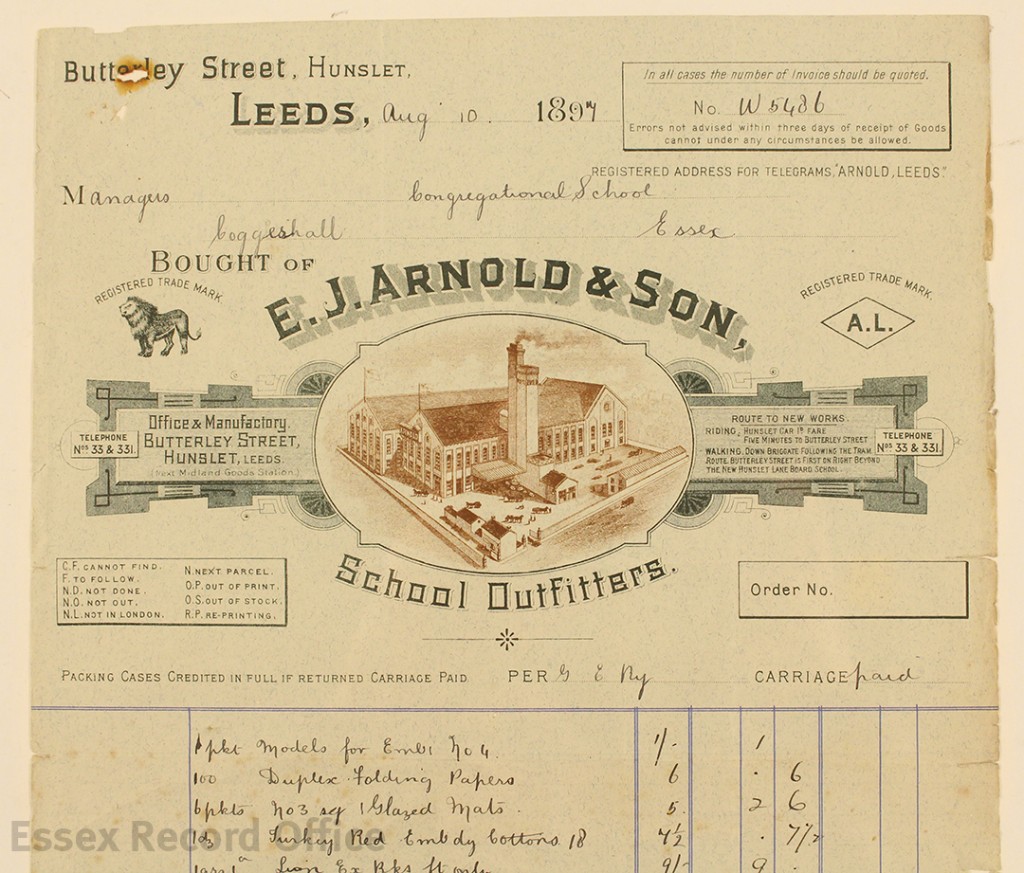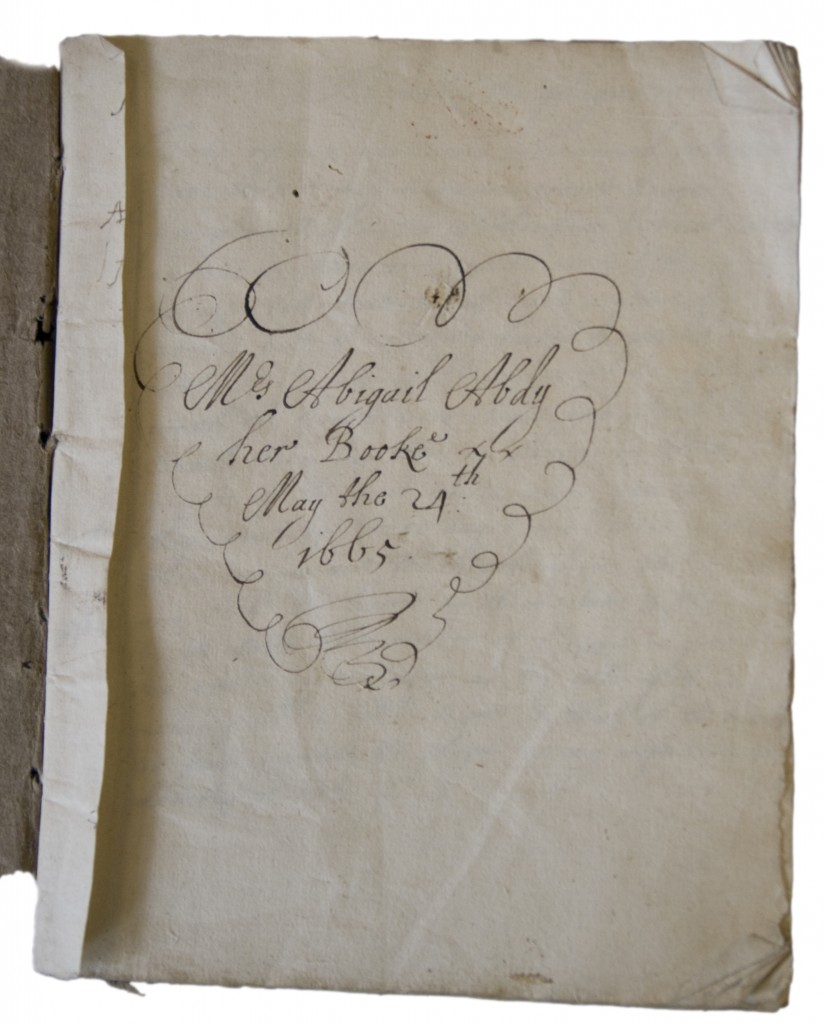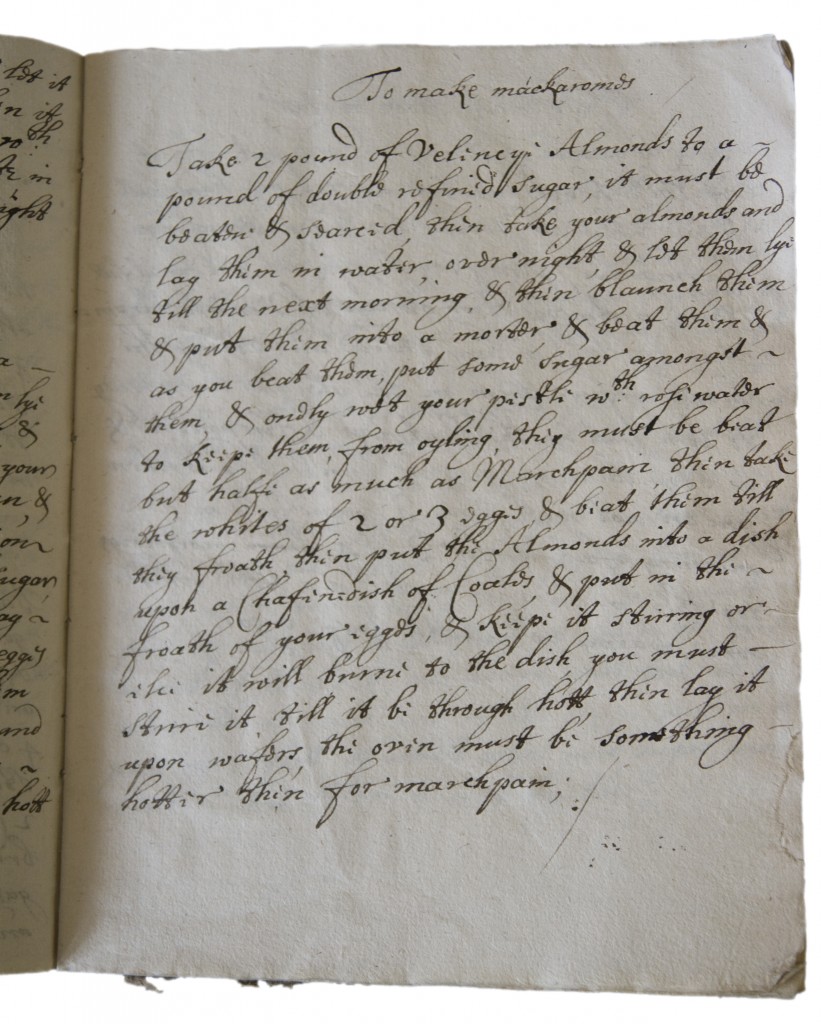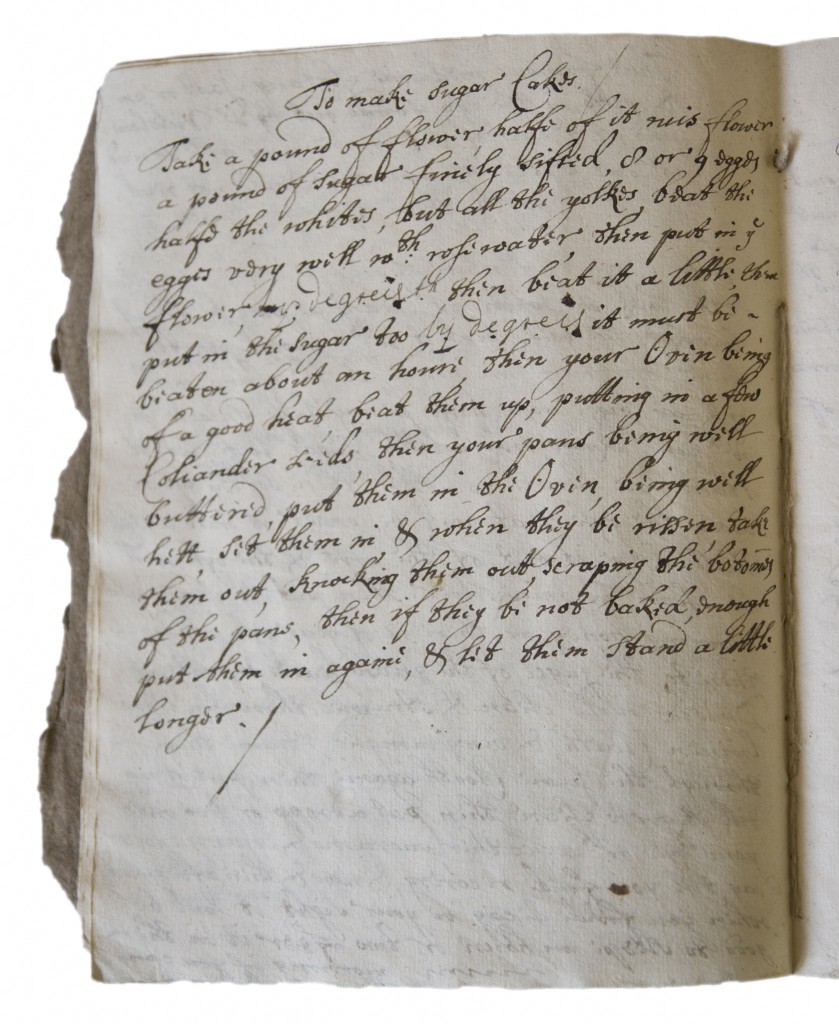As part of our Heritage Lottery Funded project, You Are Hear: sound and a sense of place, we are working with volunteers to install listening benches across Essex. These solar-powered park benches play clips of recordings from the Essex Sound and Video Archive, recordings chosen and put together by our volunteers. The listening bench for Coggeshall was successfully unveiled on Tuesday 11 July. Each listening bench launch has its own character, but this was the first to include a poetry recital in honour of the bench! We loved the poem so much that we wanted to reprint it, with an introduction by another volunteer to explain how the Coggeshall bench came about.
Miall James writes:
Back in January I went into the Coggeshall Library, and one of the staff asked me if I knew anyone who’d be interested in setting up a Listening Bench. So I asked what it was, was told, and said, OK, I’ll give it a go. I recruited my friend Nic Johnson, a well known, if fairly new in Coggeshall terms, local resident, and together we enlisted the aid of two more, thought that was enough and presented ourselves to the Essex Record Office.
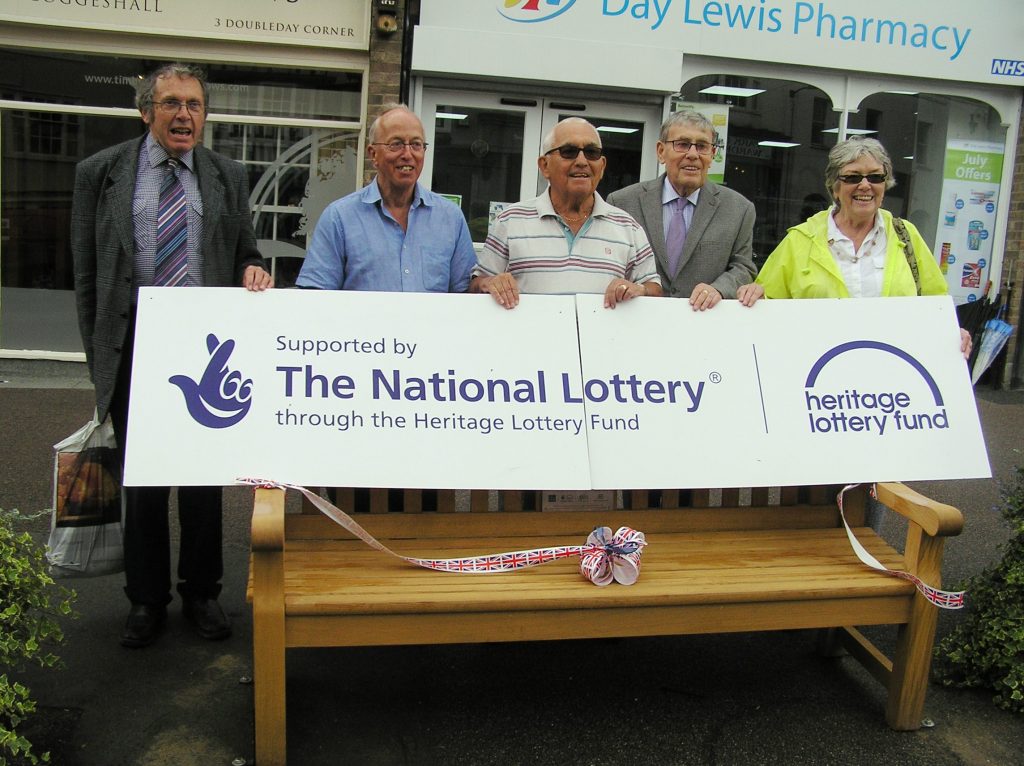
Volunteers who worked on Coggeshall’s listening bench (L-R: Michael Horne, Nic Johnson, Miall James, Stan Haines (who opened the bench), and Sylvie Overnell).
One of the two was Michael Horne, a well-known local historian and poet (and Lord of the Manor of Little Coggeshall), who in fact wrote some of what finally went onto the bench; the other was Sylvie Overnell, a retired local teacher, with local contacts. We looked at what was required, divided up the work and got on with it. There were no arguments; we discussed what to do, agreed and got on with it. Indeed it’s wonderful what can be done if no one’s bothered about who gets the credit! Finally, after about five months’ work we were ready, and the bench was ready for use.
We recruited Stan Haines, who has lived in the town most of his life, and was Chairman of the Parish Council for 48 years, to officiate at the opening.
The only thing that went wrong was the weather on the day, which wasn’t as kind as it might have been!
We’ve had some very good feedback, and we feel that, with a little fine-tuning, our Listening Bench will be something our fellow citizens can enjoy for many years to come.
Michael Horne’s poem composed for the occasion
A Poem Upon the Ceremonial Opening of Coggeshall’s Listening Bench at Doubleday Corner
11 July 2017
On this occasion so polite,
I can do nothing but endite
A hymn of praise, with joy intense,
To Coggeshall’s newborn Listening Bench.
We’ll take upon us, even now,
An eleemosynary vow
To set up Peace, Goodwill and Sense
Upon our worthy Listening Bench.
The stories that we now can hear
Bring memories back that are so dear
To all who’ve taken up residence
Near Coggeshall’s stalwart Listening Bench.
From days of yore, of men and maids
Who gave our town its eminence,
Preserved now on the Listening Bench.
In times of great austerities,
With caps on pay and a pension squeeze,
When fiscal stocks we must retrench,
We’ll still possess our Listening Bench.
People will come this bench to view
Both in and outside the EU,
And accents Dutch, Peruvian, French
Will echo from our Listening Bench.
Enslaved by Time’s incessant flow,
But anything of permanence
Will stay within our Listening Bench.
And now I’ll cease these paltry rhymes
Unworthy of these glorious times,
Let’s shout instead, with Power Immense,
Three cheers for Coggeshall’s Listening Bench!
Check our website for details of further listening bench launches, and to keep track of our two touring benches. Can you visit them all?

